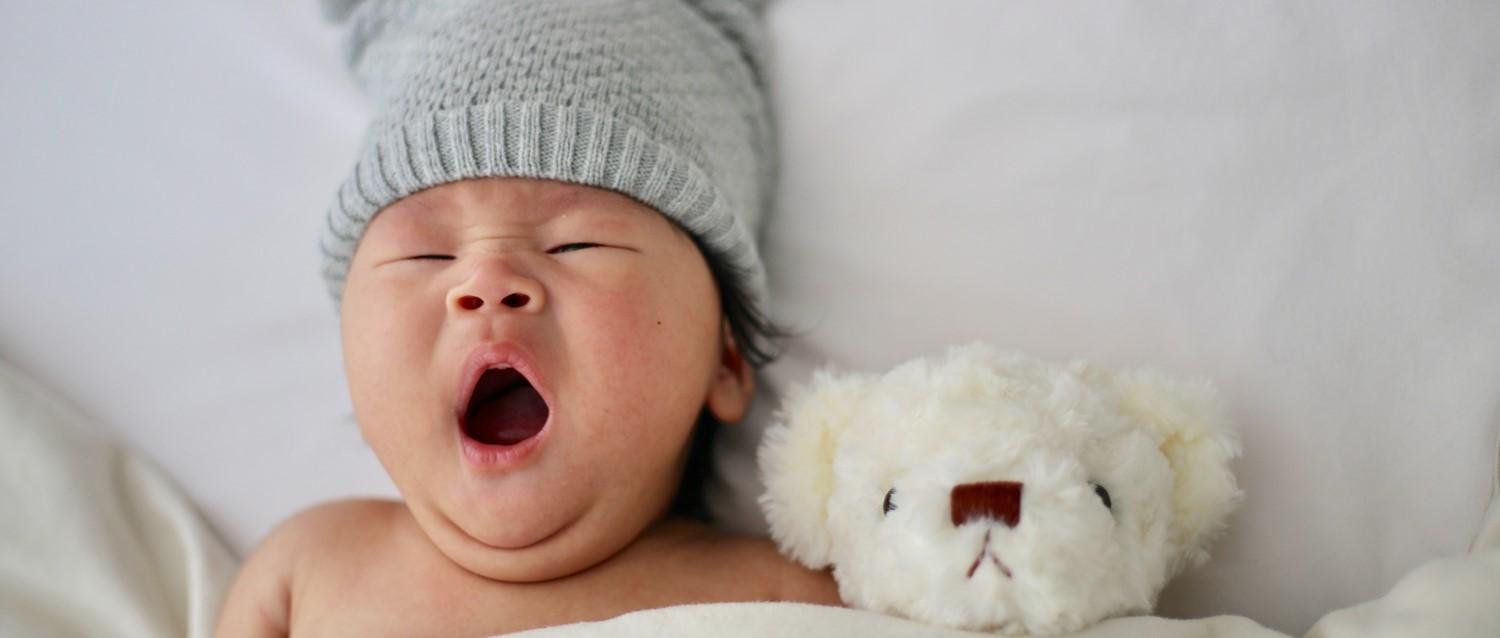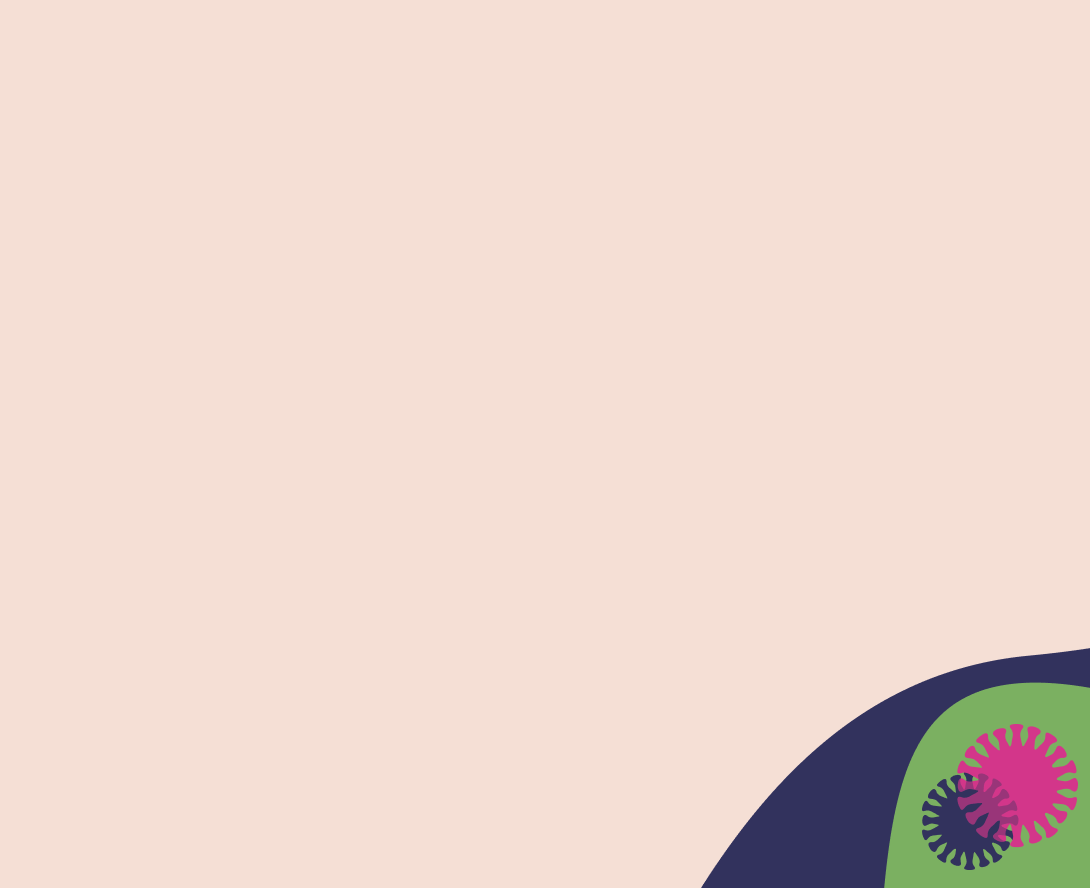Antihistamines
Peer reviewed by Dr Hayley Willacy, FRCGP Last updated by Dr Colin Tidy, MRCGPLast updated 12 Oct 2022
Meets Patient’s editorial guidelines
- DownloadDownload
- Share
In this series:AllergiesAnaphylaxisAngio-oedemaHouse dust mite and pet allergyDrug allergySkin prick allergy test
Antihistamines are a group of medicines which act to block the effects of the chemical called histamine in the body. Either H1 or H2 histamine receptors can be blocked by medicines, but the group commonly known as antihistamines blocks the H1 receptor. They have a number of uses, but are most often used to treat allergies.
In this article:
Continue reading below
What are antihistamines?
Antihistamines are medicines used to treat hay fever. They can also be used for various other problems. For example:
Feeling sick (nausea) and being sick (vomiting).
What conditions are antihistamines used to treat?
Antihistamines are commonly used to relieve the symptoms associated with hay fever (seasonal allergic rhinitis). These can include:
Inflammation of the nose and eyes (allergic rhinitis and allergic conjunctivitis).
Itching of the eyes, nose and throat.
Runny nose (rhinorrhoea).
To reduce the severity of the rash and itching associated with nettle-type rashes such as hives (urticaria) and generalised itching (pruritus).
To help with the rash and itching following insect stings or bites.
To prevent motion sickness and other causes of feeling sick (nausea).
Occasionally to treat severe morning sickness in pregnancy.
In the care of the terminally ill, for their sedating and antisickness effects.
In the emergency treatment of severe allergic reactions.
Patient picks for Allergies

Allergies, blood and immune system
How to protect your baby against allergies
Allergies can be really distressing for any child but particularly for babies. This is because they don't understand what is happening to them and therefore become distressed. This can be upsetting to watch as a parent. Fortunately, there are things you can do to protect your baby against allergies and ease their symptoms.
by Emily Jane Bashforth

Allergies, blood and immune system
Anaphylaxis
Anaphylaxis is a life-threatening allergic reaction. It is a medical emergency. If you suspect someone is suffering anaphylaxis, you should call 999/112/911 for an ambulance immediately. The main treatment is an injection of adrenaline (epinephrine). Some people who have had a severe allergic reaction or anaphylactic reaction in the past carry an adrenaline (epinephrine) pen. This can be self-injected or injected by a bystander, in the event of anaphylaxis.
by Dr Doug McKechnie, MRCGP
How do antihistamines work?
Histamine is a chemical naturally produced by various cells in your body. It has a variety of different functions. Large amounts of histamine are made in cells called mast cells, in places where the body comes into contact with the outside environment. For example, in the nose, throat, lungs and skin. Here, mast cells and histamine form part of your immune defence system. (Whereas, in the stomach, histamine made by cells that line the stomach helps to produce acid for food digestion.)
Your immune system cells monitor your blood and mucosae for anything (for example, germs such as bacteria or viruses) that is not made by your body. (Mucosae are membranes lining body cavities such as your mouth, nose and digestive tract.) If your skin is damaged or your immune system detects a foreign substance, histamine is released from mast cells. The histamine binds to special sites (receptors) on other cells, called H1 receptors. This sets off a chain reaction which causes blood vessels in the area to become slightly leaky. Specialised cells and chemicals, which defend your body, can now get access to the area. While this is a helpful response, it also causes redness, swelling and itching.
Other uses for antihistamines
Antihistamines are also used in the treatment of feeling sick (nausea) and being sick (vomiting). However, the exact way that they ease these symptoms is not fully understood. The brain has several key areas which control vomiting. It is thought that antihistamines block H1 receptors in the area of the brain which creates nausea in response to chemicals in the body.
Some antihistamines may also have what is known as an antimuscarinic effect. This means that the medicine can also block another type of receptor found on the surface of certain cells. If these receptors are affected, you may experience some of the side-effects of antihistamines - for example, dry mouth, blurred vision and retention of urine. These effects are mainly caused by the older first-generation antihistamines which are described below.
Note: antihistamines should not be confused with H2 blockers which reduce the production of stomach acid. While both types of medicine block the actions of histamine, they work on different receptors in different systems of the body.
Continue reading below
What causes an allergic reaction?
Allergic reactions such as hay fever (seasonal allergic rhinitis) are caused by an oversensitivity or over-reaction of the immune system to a particular allergen. An allergen is a substance that is foreign to the body and which can cause an allergic reaction in certain people. For example, pollen, dander, mould, some germs. In most people, the immune reaction to these foreign substances is normal and appropriate. But in allergic people, it is excessive. For example, in people with hay fever, contact with pollen in the nose, throat and eyes triggers the mast cells there to release much more histamine than normal. This excessive release of histamine produces the associated symptoms of itching, swelling, watery eyes, etc.
Antihistamines work by physically blocking the H1 receptors, stopping histamine from reaching its target. This decreases your body's reaction to allergens and therefore helps to reduce the troublesome symptoms associated with allergy.
Where can I get antihistamines?
Some of these medicines are available to buy over the counter from your pharmacist. Others are only available on prescription.
Continue reading below
How do I take antihistamines?
These medicines come in a variety of forms, as mentioned above. Your doctor or pharmacist will advise you on how to take your medication, including what dose and how often. Read the leaflet that comes with your particular brand for further information.
Are there different types of antihistamines?
Generally, antihistamines have been classified into two groups:
First-generation or sedating antihistamines
These can cause significant drowsiness and are generally more associated with the antimuscarinic side-effects mentioned above. These include alimemazine, chlorphenamine, clemastine, cyproheptadine, hydroxyzine, ketotifen and promethazine. These medicines may be used for their sedative effects should your sleep be disturbed by itching.
Non-sedating or second-generation antihistamines
These are newer medicines which generally cause less drowsiness. However, anyone taking these medicines while performing skilled tasks - for example, driving - should be aware that a sedative effect may still occur and, in particular, in combination with alcohol. Second-generation antihistamines include acrivastine, cetirizine, desloratadine, fexofenadine, levocetirizine and loratadine.
Which is the best antihistamine?
All antihistamines work pretty well to treat allergy symptoms. Your doctor or pharmacist may advise or prescribe a particular antihistamine depending on the cause of your allergy and on whether you require a sedating or non-sedating medicine. For example:
In general, antihistamines are probably roughly equally effective in reducing the symptoms of hay fever (seasonal allergic rhinitis) and hives (urticaria). However, non-sedating antihistamines tend to be used more commonly as they cause less drowsiness.
Second-generation antihistamines are generally advised for most allergic situations as they cause less drowsiness.
Cetirizine, fexofenadine, or loratadine are often recommended for urticaria.
Antihistamine eye drops may be advised when itchy eyes are a particular problem - for example, azelastine eye drops or ketotifen eye drops.
A sedating antihistamine may be particularly helpful at bedtime for children who have allergic symptoms. Cough medicines containing sedating antihistamines are not suitable for children under the age of 6 years, and a pharmacist's advice is needed for children between the ages of 6 and 12 years.
For other conditions, specific antihistamines may be used. For example, cyclizine and promethazine teoclate are used for feeling sick (nausea) and being sick (vomiting), not for hay fever. Chlorphenamine is the antihistamine most used in an emergency situation such as anaphylaxis, and may be given by injection in this situation. Diphenhydramine (Nytol®) is sold over the counter as a sleep remedy.
How can you take antihistamines?
Antihistamines come as:
Tablets (most commonly).
Liquid medicine (for those who can't swallow tablets - for example, children).
Injections (for serious allergic reactions where immediate treatment is necessary).
In eye drops.
In nose drops and spray.
In creams and ointments.
How long do antihistamines take to work?
An antihistamine tablet typically starts to work within 30 minutes after being taken. The peak of effectiveness is typically within 1-2 hours after being taken.
How long is treatment needed?
This can vary depending on the reason for treating you. If you have hay fever you may take the medicine throughout the pollen season.
Side-effects of antihistamines
Most people who take antihistamines do not have any serious side-effects. If side-effects do occur, they are usually minor. The most common are:
Drowsiness.
Agitation.
Blurred vision.
Difficulty passing urine (urinary retention).
Stomach and gut upsets (gastrointestinal discomfort).
For a full list of all the side-effects and possible interactions associated with your medicine, consult the leaflet that comes with your medication.
Who should not take antihistamines?
Most people can take antihistamines safely. Antihistamines should not be used by people with a rare metabolic disorder called acute porphyria. In addition, they may not be suitable for people with liver or kidney disease. First-generation antihistamines may not be suitable for men with prostate enlargement (benign prostatic hyperplasia). They may also not be suitable for people with raised pressure in the eye (acute glaucoma) or who are at risk of glaucoma.
Women who are pregnant or breastfeeding are usually advised not to take antihistamines. This is because it is not known if they do any harm and studies cannot be done on women in this situation just in case. However, they are not known to cause harm. If certain conditions such as hay fever or morning sickness make you very unwell in pregnancy, the benefit of treatment may be more than the very small risk of any harm. Your doctor would talk this over with you and prescribe one of the antihistamines believed to be safe in pregnancy if you choose to take one. Similarly, in breastfeeding women, in some cases the benefits may be more than the risk. Antihistamines do come through in small quantities into breast milk, although they are not known to cause any harm.
A full list of people who should not take antihistamines is included with the information leaflet that comes in the medicine packet. If you are prescribed or buy an antihistamine, read this to be sure you are safe to take it.
How effective are antihistamines?
Usually it is possible to find an antihistamine which keeps your symptoms controlled. Sometimes you may need to experiment and try more than one to find the one that works best for you. For hay fever, sometimes if the antihistamine tablet isn't enough by itself, you may need eye drops and/or a nasal spray as well to completely sort out all your symptoms.
Antihistamines are generally more effective when taken constantly rather than intermittently. This is particularly applicable for people with hay fever (seasonal allergic rhinitis). In the summer months the pollen count is generally higher and you may be in contact with the allergen on a regular basis. Taking the medication regularly may help keep your symptoms under control. Their effectiveness will also depend on the dose you take and what form the medicine is given in.
Can you take antihistamines when pregnant?
Most manufacturers of antihistamines advise avoiding their use during pregnancy and breastfeeding. However there is no evidence of any adverse effect on the baby. Discuss this with your doctor who will talk you through the options. If the benefits of treatment are thought to outweigh any possible risks, the one usually advised is loratadine.
Can you take antihistamines with alcohol?
Alcohol interacts with antihistamines. Probably the effect is greater for the sedative antihistamines, but it can occur with either type. Alcohol and an antihistamine in combination are more likely to make you feel sleepy than either on its own. So the answer is be wary and don't overdo it!
Is it safe to take antihistamines with other medicines?
Some medicines may interact with antihistamines, increasing the side-effects of either or both medicines. Usually it is better to avoid taking antihistamines at the same time as certain medicines, including:
Certain types of antidepressants. Tricyclic antidepressants such as amitriptyline and lofepramine may interact with antihistamines. Other antidepressants such as moclobemide.
Antacids, which may interfere with the way the antihistamine is absorbed, thus making it less effective.
Other tablets which make you drowsy, as the combination may be too much. For example opioid painkillers or benzodiazepines and Z drugs.
A group of medicines called antimuscarinics. This includes medicines such as hyoscine, oxybutynin, propantheline and tolterodine. Because these medicines can give you similar side-effects, such as a dry mouth or problems passing urine, the combination may make the side-effects more serious.
If you are buying your antihistamine from a pharmacy, make sure you tell the pharmacist if you take other medicines so they can advise accordingly.
Also watch the ingredients in other over-the-counter treatments. For example, remedies for coughs and colds may contain antihistamines, in which case you might end up taking double the dose by mistake.
Further reading and references
- Over-the-counter cough and cold medicines for children; Medicines and Healthcare products Regulatory Agency (MHRA), 2014
- Primary Care Rhinitis algorithm; British Society for Allergy and Clinical Immunology (BSACI)
- British National Formulary (BNF); NICE Evidence Services (UK access only)
- De Sutter AI, Saraswat A, van Driel ML; Antihistamines for the common cold. Cochrane Database Syst Rev. 2015 Nov 29;(11):CD009345. doi: 10.1002/14651858.CD009345.pub2.
- BSACI guideline for the diagnosis and management of allergic and non-allergic rhinitis; British Society for Allergy and Clinical Immunology (July 2017)
- Urticaria; NICE CKS, August 2021 (UK access only)
- Allergic rhinitis; NICE CKS, August 2021 (UK access only)
- Chu DK, Oykhman P, Sussman GL; How to use antihistamines. CMAJ. 2021 Apr 6;193(14):E478-E479. doi: 10.1503/cmaj.201959.
- Thomas B, Train A, Allan GM; Antihistamines for allergic rhinosinusitis. Can Fam Physician. 2022 Sep;68(9):670. doi: 10.46747/cfp.6809670.
Continue reading below
Article history
The information on this page is written and peer reviewed by qualified clinicians.
Next review due: 11 Oct 2027
12 Oct 2022 | Latest version

Book a free same day online consultation
Get help with common conditions under the NHS Pharmacy First scheme.

Feeling unwell?
Assess your symptoms online for free